Emma Boyd’s journey into the specialized field of ocularistry—creating custom prosthetic eyes—began with a deep family legacy and a strong sense of community. Her father and uncle co-owned a practice, and Emma joined them in 2007, running the front office. It was an unexpected path for an English major who initially taught preschool. Her transition into ocularistry was a natural evolution, given her upbringing surrounded by the craft and her family’s business.
A Five-Year Apprenticeship
In 2011, Emma decided to formally train under her father’s mentorship, entering a rigorous five-year apprenticeship program. This decision marked a turning point in her career. For half a decade, she honed her skills, learning the meticulous process of crafting ocular prosthetics. Her training was extensive and hands-on, requiring a deep understanding of the artistic and technical aspects of creating a prosthesis. Unlike many in her field, Emma completed her apprenticeship and passed the demanding board certification exams on her first attempt—a rare accomplishment given the challenging nature of the tests.
The certification process for an ocularist is stringent and overseen by the National Examining Board of Ocularists. Candidates must pass both written and practical exams. The practical exam includes duplicating a prosthesis under the supervision of an examiner, ensuring the candidate’s proficiency in this delicate craft. Additionally, accredited ocularists must meet high standards of patient privacy, hygiene, and accessibility, as verified by compliance inspections.
Building Her Own Practice

After completing her apprenticeship and gaining years of experience, Emma opened her own practice in Greensboro, North Carolina, in October 2023. Her clinic quickly became a central hub for patients from surrounding states, including Virginia, Tennessee, South Carolina, and even as far as West Virginia. Unlike many ocularists who travel to multiple offices or make home visits, Emma chose to establish a permanent location to offer a consistent and stable environment for her patients.
Emma’s approach is deeply patient-centered. She inherited several patients from her father and built strong relationships with them over the years, having known many since they were children. Her patients come from various sources—optometrists and ophthalmologists refer some, while others find her through online searches. Emma guides them through the process from initial consultation to the final fitting, answering questions about insurance, the procedure, and care.
The Art and Science of Ocular Prosthetics
The process of creating a custom ocular prosthesis is a blend of science and art. Emma uses the Lee Allen modified impression method, a non-invasive technique similar to a dental impression. The impression captures the unique shape of the eye socket, which serves as the foundation for the prosthesis. From there, Emma crafts a wax model, refining it until the fit is as symmetrical as possible.
Once the fitting is complete, she begins the delicate process of painting the prosthesis. She carefully matches the color to the patient’s other eye. It’s a meticulous task that requires a keen eye for detail and an understanding of color theory. Emma’s patients are involved in this step, providing feedback on the color adjustments until the match is near perfect.

After the painting process, the prosthesis undergoes a final curing process in a water bath to give it a smooth, polished finish. The entire procedure takes just one day, allowing patients to leave with their custom prosthesis without multiple visits.
A Practice Built on Trust and Expertise
Emma’s practice is well-positioned in Greensboro, offering a central location for her widespread patient base. While some patients travel long distances, they do so because of the trust and care she provides. Prosthetic eyes are low maintenance; they do not need to be removed daily, and Emma offers follow-up appointments every six months to a year for cleaning and adjustments. Over time, as the socket changes or the material breaks down, patients may need a new prosthesis every five to seven years.
For Emma Boyd, ocularistry is more than just a profession—it’s a blend of family tradition, artistic expression, and a commitment to enhancing the quality of life for her patients. Her dedication and skill have made her a respected figure in the field, carrying forward the family legacy with a modern, patient-focused approach.
